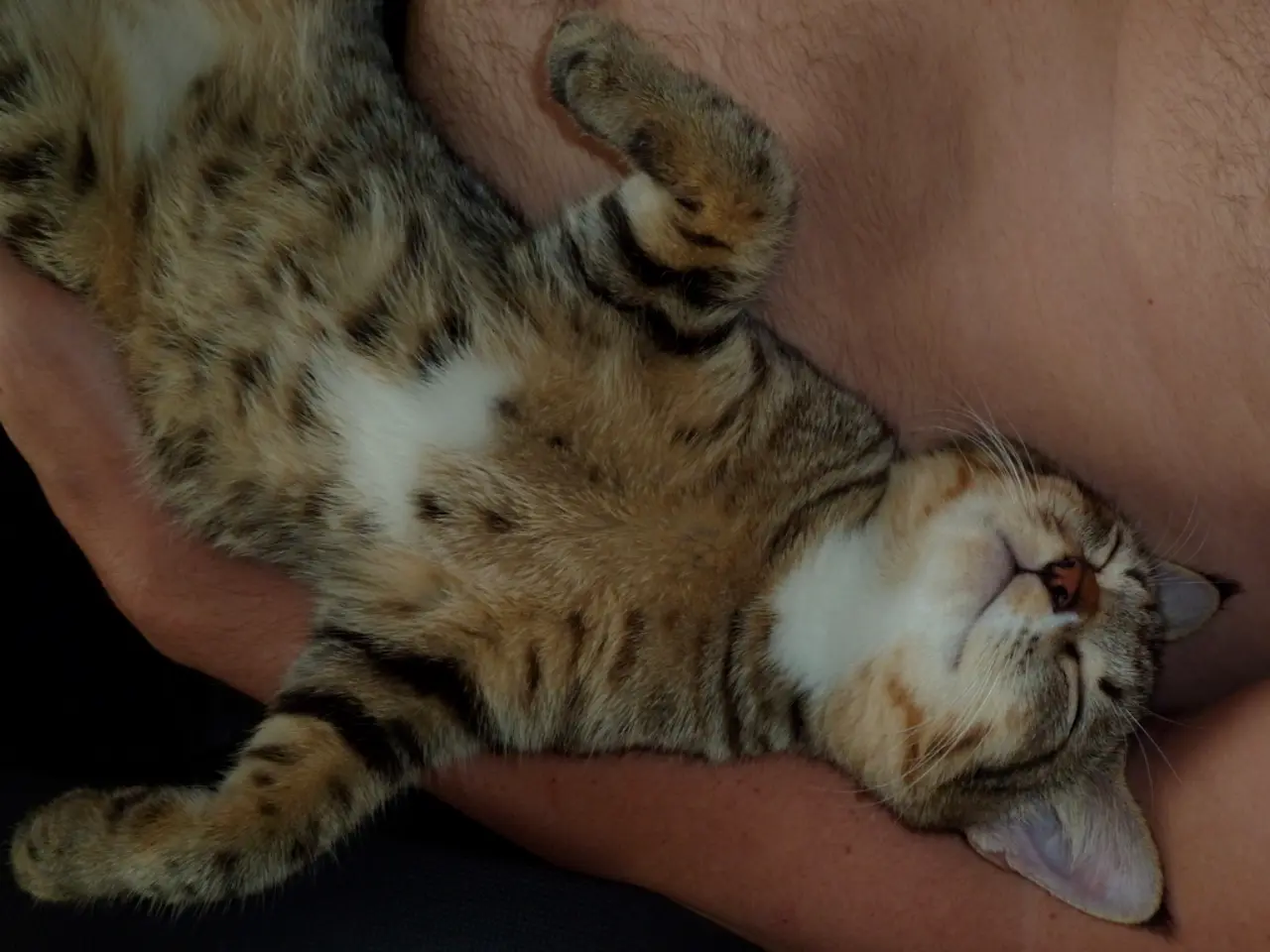Why More Cats Are Developing Lipomas—and When Surgery Becomes Necessary
Vets have reported an increase in lipomas, benign fatty tumors, in cats. These growths, while usually harmless, can cause discomfort or breathing issues if large or internal. Diagnosis and treatment costs vary, with surgery being the most expensive option.
Lipomas in cats are common, with domestic shorthairs and Siamese being most affected, typically around 9.6 years old. Most cats show no symptoms, but large lipomas can hinder movement, and internal ones can cause breathing difficulties, vomiting, or collapse.
Vets diagnose lipomas through needle biopsy for simple ones, or surgical biopsy for infiltrative types. Treatment is usually not needed, but lipomas in the chest or belly may require surgery if they cause symptoms. The cost ranges from $50 for a biopsy to $5,000 for surgery, depending on complexity.
The cause of lipomas is unknown, and while being overweight doesn't directly increase risk, overweight cats are more likely to have them. There are three types: simple, myelolipomas, and infiltrative. Lipomas are made of fat cells, feel soft and squishy, and are distinct from surrounding fat.
Lipomas in cats are benign but can cause discomfort if large or internal. Diagnosis and treatment costs vary, with surgery being the most expensive option. Vets advise regular check-ups to monitor these growths and ensure they don't pose a threat to your cat's health.







